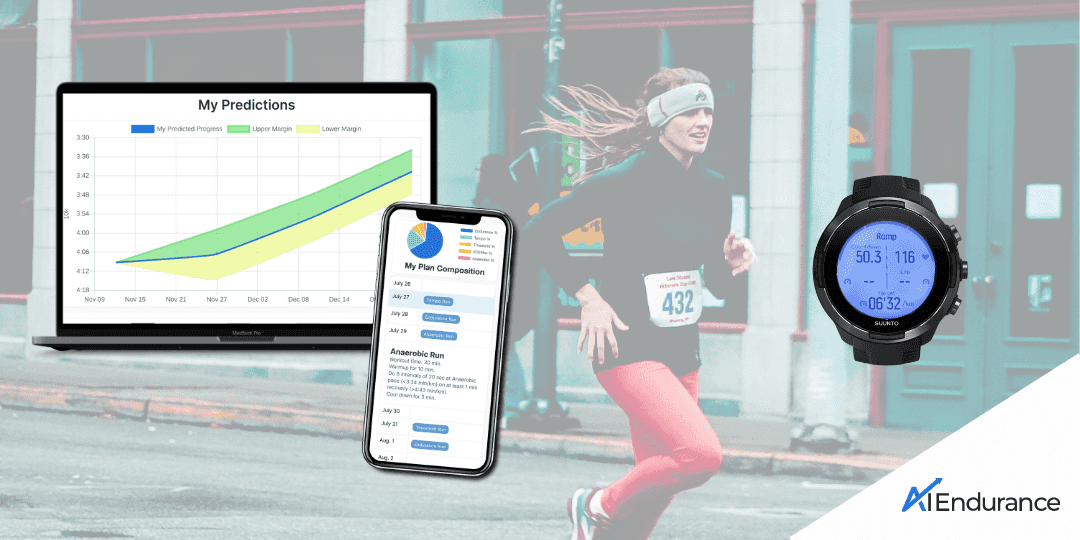
We show you in a few simple steps how to connect Suunto Guides with your AI Endurance account. You can get live workout instructions that are optimized to you by our AI. You can also easily determine your training zones and thresholds via a simple ramp test that utilizes your heart rate variability (HRV) data.
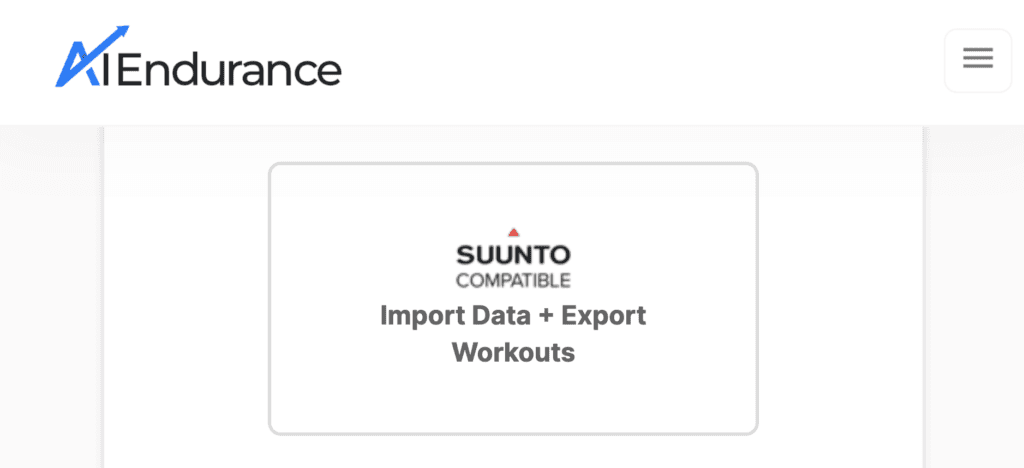
Synchronisation between AI Endurance and Suunto is automatic: whenever you request a new plan or modify your workouts, we will automatically forward these changes to Suunto Guides.
We import your Suunto history so our AI can learn which training has worked best for you in the past. AI Endurance predicts your future performance if you stick to your plan. We regularly assess your progress and if necessary let the AI re-calculate your optimal plan for your Suunto Guides.
Connect your Suunto to AI Endurance: Go to your Suunto App profile -> Partner Services -> Connect AI Endurance
We automatically update your zones and thresholds from your in-activity HRV data using DFA a1. Your Suunto watch automatically records your HRV data if you wear a high quality heart rate strap such as the Suunto Smart Sensor.
If you want to assess your zones and thresholds right away you can perform a simple ramp test in Suunto Guides with only a few steps:
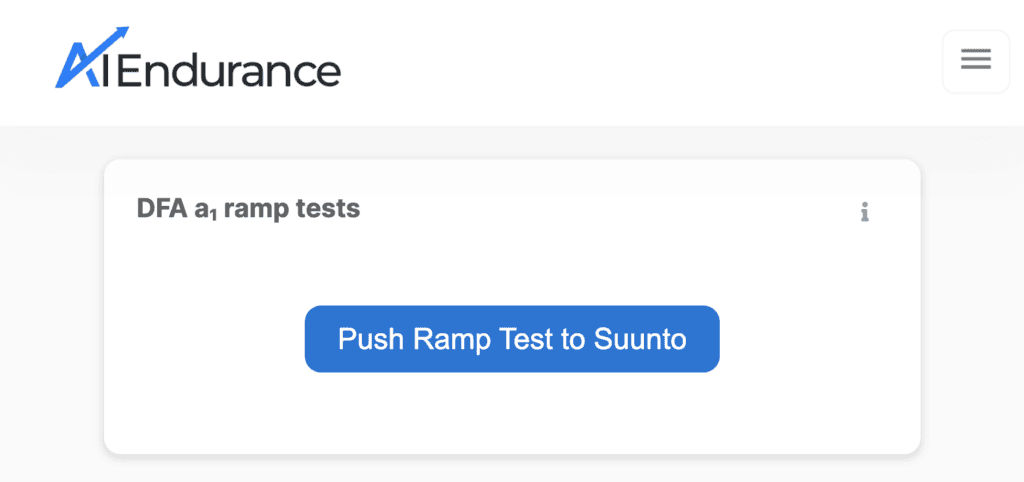
It is important for constructive training to have your training zones set correctly. AI Endurance takes out the guesswork by continuously monitoring your training zones. By utilizing the most recent research in HRV, we can set these parameters without the need of a physiology lab. You only need to wear a heart rate strap that records high quality HRV data.
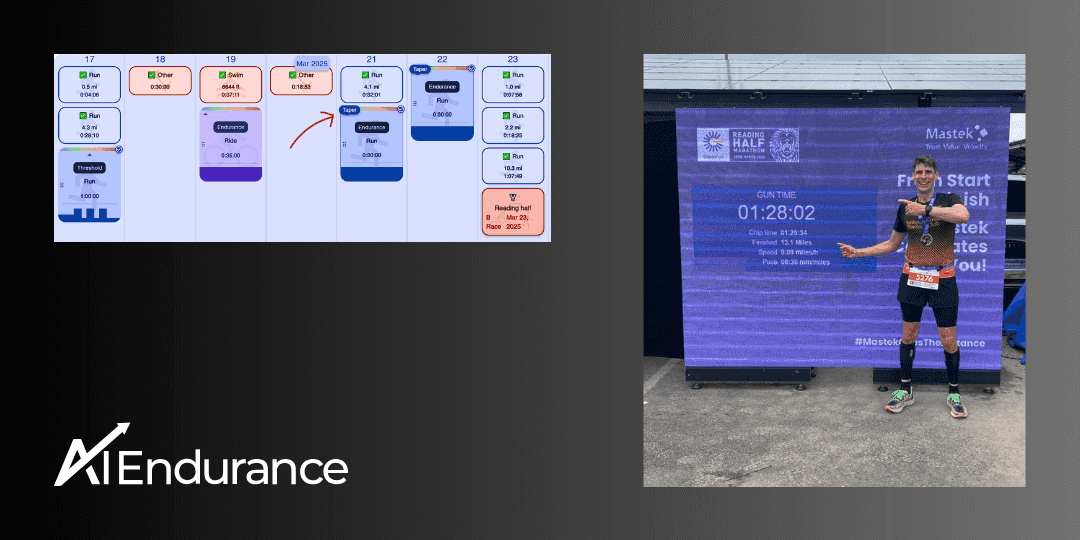
by Grant Paling. Our increasingly digital society is becoming more and more data driven. And with that, we make decisions. I hear a lot the phrase “if you torture the data long enough it will tell you whatever you want.” I get it but I also think that’s usually the phrase used by someone who doesn’t WANT to believe the data. Because good data is hard to argue with.
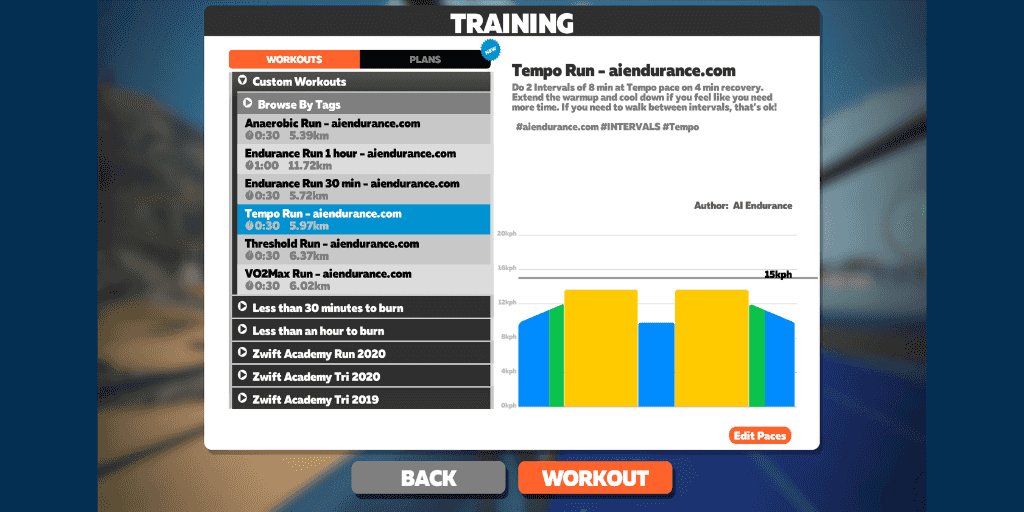
Use Zwift running workouts to increase your running pace with a data-driven, personalized and predictive Zwift running training plan from AI Endurance.
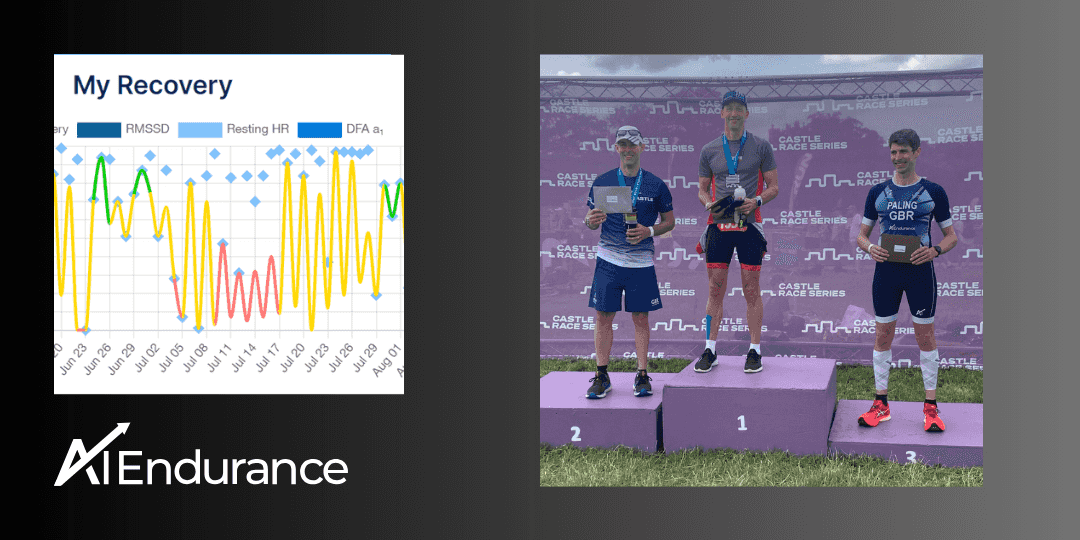
by Grant Paling. In my last blog, I closed the chapter on my European Championship race in Portugal. It definitely was an intense period leading up to, during and after the race. So many emotions, so much effort invested and then…what’s next?

by Grant Paling. Triathlon is a sport that challenges both the body and the mind, and my journey through the European Age Group Championships this year has been a testament to that. In this blog, I reflect on the delicate balance between human grit and the transformative role of AI coaching, exploring how technology can enhance performance while leaving the final push to the athlete.